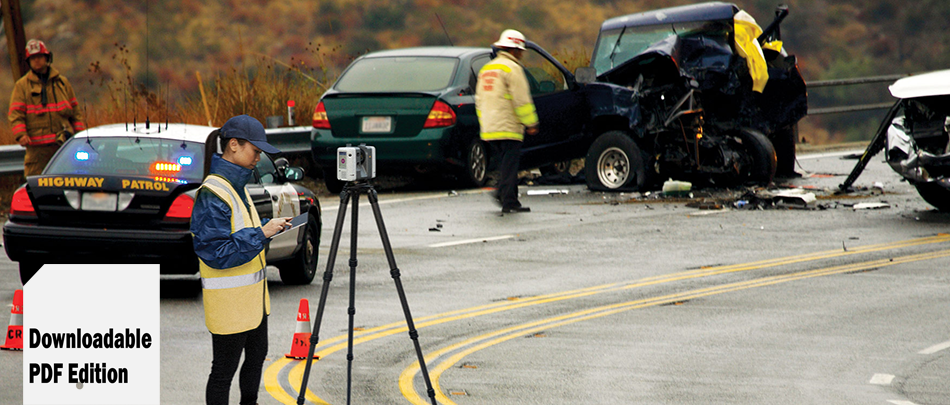Learn from former crime scene investigator and criminalist Ryan Rezzelle as he explores an efficient new way to handle scene documentation.
3D laser scanning is a proven way to document crime and crash scenes. With a push of a button, you can “freeze” the scene in time with millions of high-accuracy points and panoramic photography. The resulting data is a true color, extremely detailed, rich, vivid and immersive 3D environment that provides a true and accurate representation of your scene before any evidence has been moved. Recent innovations like the Leica RTC360 make laser scanning an even faster and more powerful tool for clearing scenes quickly and easily.
This downloadable PDF version of a previous webinar shows you how the Leica RTC360 laser scanner provides incredible speed, in-field registration, clean and high-quality data, and seamless workflows – all of which combine to make your work safer, easier and more effective.
You’ll learn:
-
How edge computing impacts the in-field registration process and ultimately speed-to-deliverables
-
Why data capture speed matters, and how to read the specs
-
How to use double scanning for automatic noise filtering
-
How to evaluate laser scanners for ruggedness and environmental durability
-
When and why to use automatic geotagging
-
How to evaluate accuracy to ensure admissible data
-
How to use the newest publishing options into TruView, JetStream Viewer, and Map360
Discover how to clear scenes faster and more automated than you ever thought possible.
Download your copy today.

